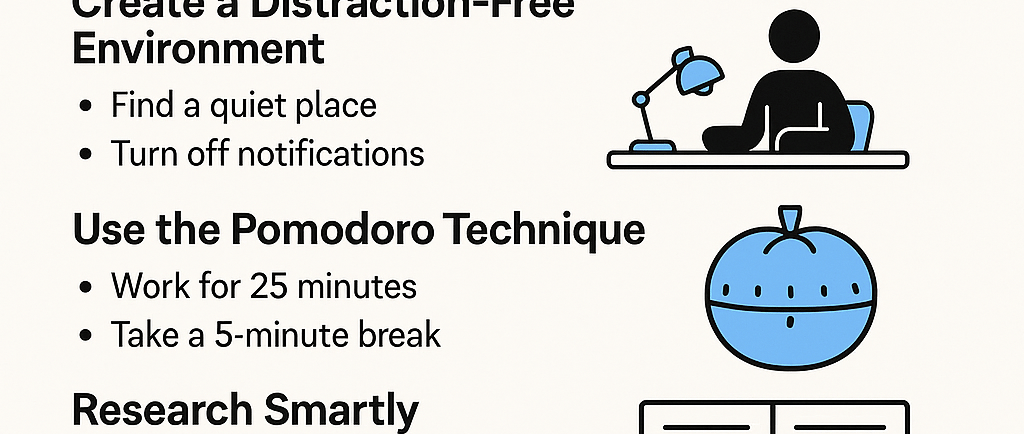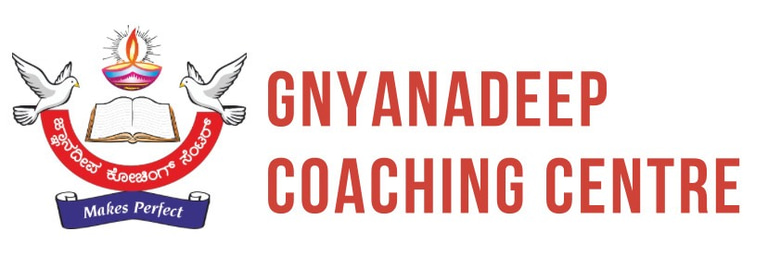How to Make Your Assignments More Productive: A Student’s Guide to Smarter Work


In every student’s life, assignments are a constant. But instead of seeing them as a burden, what if you could turn them into tools for real learning and personal growth? Making your assignments more productive means using them not just to get grades, but to build skills, boost your understanding, and save time in the long run. Here’s how you can transform the way you approach assignments.
1.Start with Clear Goals
Productivity starts with purpose. Before you begin any assignment, ask yourself: What am I supposed to learn from this? Understanding the goal helps you focus better and makes your research more targeted. It also prevents you from wasting time collecting irrelevant information. Break the task into smaller objectives—this turns a heavy burden into manageable pieces.
2.Create a Distraction-Free Environment
One of the biggest obstacles to productivity is distraction. Set up a space where you can work without interruption. Put your phone on silent or airplane mode, use website blockers if you’re tempted to scroll, and inform your family or roommates when you’ll be working. A quiet, organized workspace enhances concentration and efficiency.
3.Use the Pomodoro Technique
The Pomodoro Technique is a simple but powerful productivity method: work for 25 minutes, then take a 5-minute break. After four cycles, take a longer break. This keeps your mind fresh and prevents burnout. Instead of slogging through hours of work, you stay mentally sharp and get more done in less time.
4.Research Smartly
Instead of copying and pasting information from the internet, read multiple sources and understand the concept. Make notes in your own words. This helps in retaining knowledge and reduces the risk of plagiarism. Use reliable websites, textbooks, or academic journals. Tools like Google Scholar or online libraries can make your research more effective.
5.Make It Visually Engaging
Use bullet points, headings, subheadings, diagrams, and tables to organize your content. A visually clean assignment is easier to write and easier for teachers to evaluate. When your ideas are clearly laid out, it reflects your understanding and makes your work stand out.
6.Use Tools Wisely
There are plenty of digital tools that can boost your assignment game. Grammarly helps with grammar and spelling. Canva can be used for visuals and presentations. Referencing tools like Zotero or Citation Machine can help with bibliography. These save time and make your assignment look polished and professional.
7.Review Before You Submit
Never skip revision. Read your assignment aloud to catch errors and ensure flow. Check if all questions are answered and if the content makes logical sense. Proofreading is the final touch that elevates a good assignment to a great on
Conclusion
Assignments don’t have to be stressful or boring. With the right mindset and techniques, they can become a powerful way to build confidence, sharpen your skills, and take control of your academic journey. Make each assignment a step forward, not just a task to tick off—and you’ll begin to see real growth in yourself as a student.
